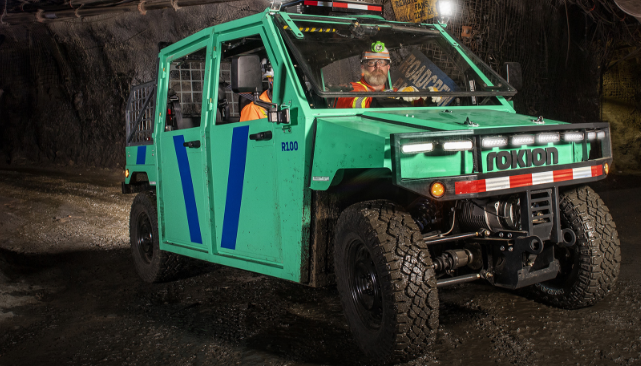Vale has topped its fellow Tier 1 miners with a plan to invest at least $2 billion in an effort to combat climate change.
The amount, the largest ever committed by the mining industry to combat climate change, according to the company, is geared towards reducing its direct and indirect absolute emissions (Scope 1 and 2) by 33% by 2030.
Rio Tinto, in February, announced a plan to invest “more than $1 billion” over the next five years to support the delivery of its new climate change targets, while BHP, in July 2019, announced a five-year, $400 million Climate Investment Program to develop technologies to reduce emissions from its own operations as well as those generated from the use of its resources.
The goal complies with the Paris Agreement, which established a maximum limit to ensure the global average temperature rose by no more than 2°C by 2100, Vale said.
“With this initiative, Vale aims to transform itself into a company with zero net emissions in Scope 1 and 2 by 2050, leading the industry towards carbon-neutral mining,” the company said.
The plan was unveiled yesterday (May 12) by Vale’s CEO, Eduardo Bartolomeo, during the annual meeting with analysts from the Bank of America Merrill Lynch, carried out virtually.
It is an advance on the corporate climate agenda, which Vale set out in December last year.
Back then, Vale announced its goal to reduce its emissions and established an internal carbon pricing of $50/t of CO2, equivalent for capital projects and competitors.
Bartolomeo said: “This agenda is a result of a listening process, aligned with a real climate change-related demand from society for a robust reduction in emissions in the Scope 1 and 2. We are stepping forward to develop a New Pact with Society with more transparency and responsibility.”
Vale has established the Low Carbon Forum – a group led by the CEO and comprised of six executive directors and employees from different areas of the company – whose purpose is to guide the implementation of these Scope 1 and 2 commitments.
According to Luiz Eduardo Osorio, Vale’s Executive Director for Institutional Relations, Communication and Sustainability, 35 initiatives are under analysis using the Marginal Abatement Cost Curve – a tool that allows the ordering of projects by costs and potential for reducing emissions.
He said: “There are projects for the use of biodiesel in the area of Base Metals, energy efficiency, electrification of mines and railroads, biofuels in pelletising instead of coal, and renewable energy because one of Vale’s goals is to achieve 100% of self-production of electric power from clean sources, such as wind and solar, in its plants around the world.”
By the end of the second half of this year, some pilot projects will be in operation, it said.
The Vitória-Minas railroad will have the first 100% electric locomotive, electric vehicles will be tested in underground operation at the Creighton (photo above is of a trial of the Rokion battery-powered R200 personnel carrier at Creighton) and Coleman mines in Canada, and Vale’s pelletising plant in São Luís (Maranhão) will replace coal with biofuel, it said.
The base year used to calculate the carbon goal was 2017, when Vale’s emissions reached 14.1 Mt CO2 equivalent. The goal is to reduce it to 9.5 Mt of CO2 equivalent by 2030.
Vale will also recover and protect another 500,000 ha of native forest by 2030, on top of the more than 1 Mha it currently protects worldwide, it said.
“In addition to its ambition to neutralise its Scope 1 and 2 carbon emissions by 2050, Vale aims to establish a goal for Scope 3 emissions to encourage clients and suppliers in the same direction,” it said.
Through active engagement with clients from the steel and metallurgy industries, Vale says it will work to reduce emissions in its value chain.
“The company will guide its operations based on win-win relationships, less intensive products and new technologies,” it said.











